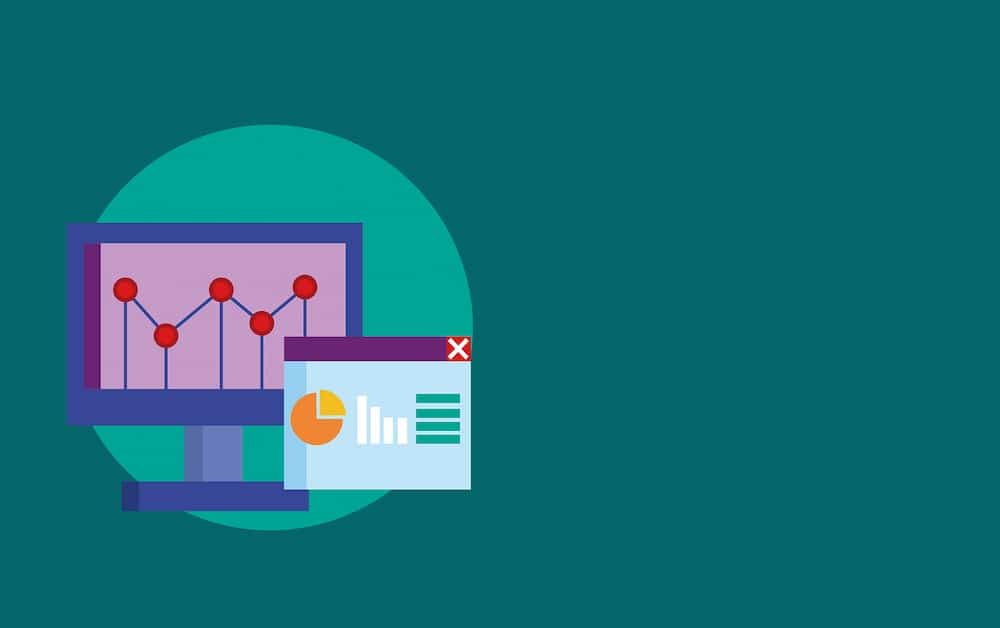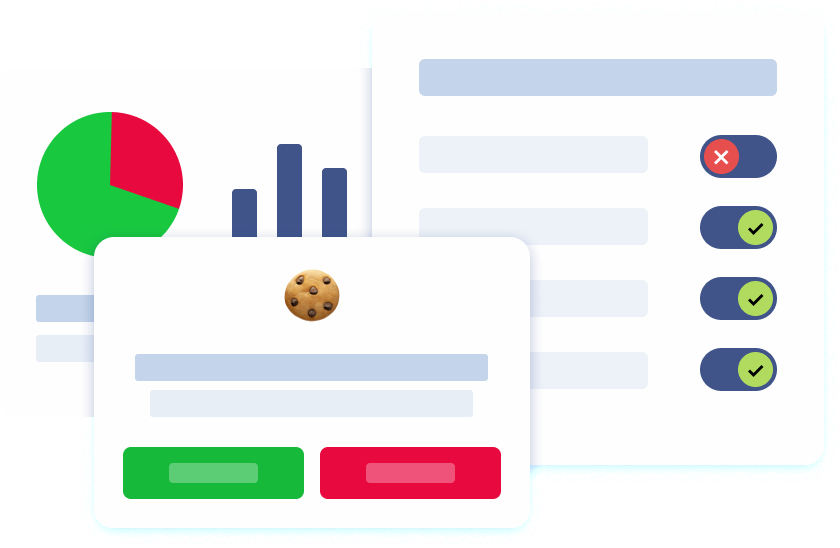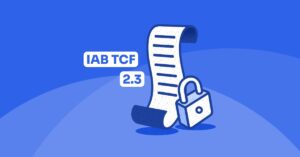Introduction
In 2025, analytics cookies continue to play an important role in digital marketing, even as the industry shifts toward privacy-first and cookieless solutions. These cookies remain central to tracking user behavior, measuring engagement, and generating insights that fuel business growth. With the transition from Universal Analytics to Google Analytics 4 (GA4), the way cookies function—and the way businesses approach them—has changed significantly. Google announced the phase-out of third-party cookies in Chrome, which has had a major impact on analytics and digital marketing strategies.
The retirement of third-party cookies across major web browsers, combined with stricter privacy regulations such as GDPR and CCPA, driven by growing privacy concerns, has transformed how companies approach data collection. Marketers now face a dual challenge: respecting user privacy while still gathering the information necessary to optimize campaigns, improve site performance, and deliver personalized content. The solution lies in embracing first-party data, using consent management platforms, and leveraging GA4 features like Consent Mode to ensure compliance.
Data Collection and Quality
Data quality has become one of the most pressing concerns in a cookieless future. When businesses relied heavily on third-party cookies, data quantity often overshadowed data accuracy. Today, the focus has shifted toward high-quality, consented first-party data that reflects actual user interactions. GA4’s event-based model helps capture meaningful actions—such as purchases, form submissions, or video views—while maintaining a privacy-first framework. Modern analytics tools are designed for collecting data in a privacy-compliant way, ensuring businesses can gather insights ethically as regulations and browser restrictions evolve.
However, ensuring quality also requires technical adaptation. Server-side tagging is gaining traction as a way to mitigate the effects of ad blockers, cookie consent banners, and browser restrictions, including those affecting browser cookies. By routing data collection through secure servers rather than directly from the user’s browser, marketers can reduce data loss and improve site performance. Understanding the technical differences between client-side tagging and server-side tagging is crucial: client-side tagging runs in the browser and is more visible to ad blockers, while server-side tagging offers more control and stability.
First-Party Data and Consent
As third-party cookies disappear, first-party data has become the most valuable asset for marketers. This includes information gathered directly from users—such as website visits, purchase history, or consented behavioral data. First-party cookies allow businesses to build more reliable datasets that respect user privacy and strengthen customer trust.
At the same time, consent has become the cornerstone of data collection. A cookie consent banner is now a standard tool for managing user consent and communicating consent status to visitors. A consent management platform (CMP) is essential for managing cookie consent and ensuring compliance with privacy regulations. Platforms like Google Tag Manager integrate directly with a consent management platform, allowing businesses to honor user consent preferences and consent settings across different tags and analytics tools. Consent settings in GA4 or CMPs directly influence how data is collected and processed, ensuring that tracking mechanisms respect user choices and regulatory requirements. This ensures that data collected reflects not only user interactions but also their explicit choices—improving both compliance and data integrity.

Marketing Strategies in a Cookieless World
The disappearance of third-party cookies has forced marketers to rethink how they engage users. Instead of relying on cross-site tracking and broad targeting, strategies are now centered on first-party data, behavioral modeling, and machine learning. GA4 provides a robust foundation for this shift, offering tools for consent-based measurement and conversion modeling that help fill in data gaps. Due to privacy restrictions, marketers may collect less data, but the data obtained is often of higher quality and more relevant for decision-making.
Marketing teams are increasingly leveraging cookieless tracking methods, combining server-side tagging, contextual advertising, and modeled insights to maintain campaign effectiveness. Remarketing strategies now focus on delivering personalized content through tailored ads that reflect users’ previous interests and behaviors, increasing engagement and conversions. Additionally, platforms like Google Ads play a crucial role in campaign monitoring, conversion tracking, and attribution in this new landscape. At the same time, understanding historical data from Universal Analytics remains important for benchmarking, even though GA4’s event-based system introduces new metrics and technical differences. Businesses that can connect old insights with new tracking approaches will have a competitive advantage.
Understanding Customer Behavior
Customer behavior analysis remains at the heart of digital marketing, but the way it’s measured has evolved. With GA4, every interaction is tracked as an event, enabling businesses to study key events such as clicks, downloads, and transactions in greater detail. This event-based model provides deeper insights into the customer journey, revealing how marketers track users as they move through different websites, devices, and sessions, and highlighting the shift to privacy-compliant methods.
At the same time, the Chrome browser’s elimination of third-party cookies—driven by privacy features in Google Chrome—has accelerated the need for alternative solutions. Marketers now depend on tools like behavioral modeling, IP addresses for cross-device tracking (despite challenges such as dynamic IPs and privacy limitations), and privacy-safe identifiers to continue learning about their customers. Adapting to new privacy regulations and technologies means tracking users now requires more transparent, consent-based strategies, balancing actionable insights with enhanced user privacy, and ensuring compliance while still uncovering valuable patterns in user visits and interactions.
Conversion and Attribution Modeling
Conversion and attribution modeling have become more complex in a cookieless landscape. Without third-party cookies, tracking the same user across multiple sites is limited, making it harder to connect conversions with specific marketing touchpoints. GA4 addresses this challenge through conversion modeling, which uses machine learning to estimate user actions when direct tracking isn’t possible.
Attribution models now lean heavily on first-party cookies and modeled data to determine which channels and campaigns drive results. First-party cookie, created directly by the website visitor’s domain, helps gather user interaction data while respecting privacy regulations. Accurate attribution and effective personalization depend on leveraging customer data, which enables better targeting and a deeper understanding of user behavior. This means businesses must focus on collecting enough customer data to train reliable models while maintaining compliance with privacy regulations. By combining first-party behavioral data with GA4’s advanced attribution tools, marketers can continue to measure campaign success—even with less direct visibility than before.
Data Analysis and Interpretation
As the digital landscape shifts away from third-party cookies, data analysis and interpretation have taken on new significance. Marketers now rely heavily on first-party data collection to understand user behavior and interactions. Techniques like server-side tagging help ensure that the data gathered is both accurate and reliable, even in the face of ad blockers and browser restrictions.
Google Analytics 4 (GA4) empowers marketers with advanced features such as event-based modeling and behavioral modeling, enabling a deeper dive into user interactions and key metrics. By leveraging first-party data and applying machine learning algorithms, businesses can uncover patterns and trends that inform digital marketing strategies and drive website optimization.
In this cookieless environment, the ability to interpret smaller, high-quality datasets is crucial. Marketers who can extract meaningful insights from first-party data will be better equipped to adapt to changing user preferences, optimize campaigns, and maintain a competitive edge in web analytics.

Actionable Insights and Decision Making
The ultimate goal of analytics is to transform data into actionable insights that drive business decisions. GA4 equips marketers with meaningful, real-time data that can be used to optimize strategies quickly. Features like event-based tracking and Consent Mode ensure that insights are both accurate and compliant with user consent. Some tracking and data collection still occur in the user’s browser, especially with client-side tagging.
Decision-making now relies on blending observed and modeled insights. With less raw data available due to privacy restrictions, marketers must focus on identifying patterns in user actions, behavioral data, and conversion paths. Those who can interpret smaller but higher-quality datasets will be better positioned to refine campaigns, enhance site performance, and deliver personalized content that respects user privacy.
The Future of Digital Marketing
The future of digital marketing is undeniably privacy-first. Businesses that succeed will be those that prioritize user trust, transparent consent practices, and responsible data use. GA4, combined with server-side tagging and machine learning, offers a framework for balancing privacy regulations with marketing needs.
The role of analytics cookies will continue to decline, but they won’t vanish entirely. First-party cookies will remain essential for website access, personalization, and session tracking. The industry is also moving away from traditional tracking cookies, which have been widely used to track user behavior across websites for targeted advertising and retargeting, due to growing privacy concerns. What changes is their context: rather than serving as the primary tool for measuring user behavior, they will function as one element within a larger system of consent-driven, hybrid tracking methods.
Digital Marketing Trends in 2025
Several key trends define digital marketing in 2025:
- Adoption of GA4: Universal Analytics is gone, and GA4 is the standard for event-based, privacy-first tracking.
- Rise of server-side tracking: Businesses move data collection away from the client side to improve accuracy and reduce loss.
- Machine learning for modeling: Behavioral and conversion modeling fill gaps where cookies no longer apply.
- Focus on user preferences: Consent management, privacy-first tracking, and transparent practices build user trust.
- Cookieless future readiness: Marketers invest in first-party data strategies, contextual targeting, and compliant analytics solutions.
These trends signal that while cookies are still part of the ecosystem, the industry is preparing for a future where consent, modeling, and privacy-first approaches dominate.
Conclusion
In 2025, analytics cookies continue to play a vital part in tracking user behavior, enabling web analytics, online advertising, conversion tracking, and personalized content, but the landscape has shifted. Third-party cookies are less reliable, privacy regulations are stricter, and user expectations are higher. As a result, marketers must focus more on first-party data, correct consent management, server-side tagging, and machine learning-based modeling to maintain data quality, understand customer behavior, and deliver actionable insights.
Google Analytics 4 is central to this evolution: its event-based model, conversion modeling, and integration with tag managers and server-side tagging make it a key tool for analytics in a privacy-conscious, cookieless world. Respecting user privacy, obtaining consent, and balancing data collection with user preferences will determine which businesses succeed and which fall behind. Now is the time to audit tracking, refine data collection with consent, move important tags server-side, and ensure analytics setups are resilient, privacy-first, and capable of delivering meaningful insights even as some data becomes noisier or less complete.



